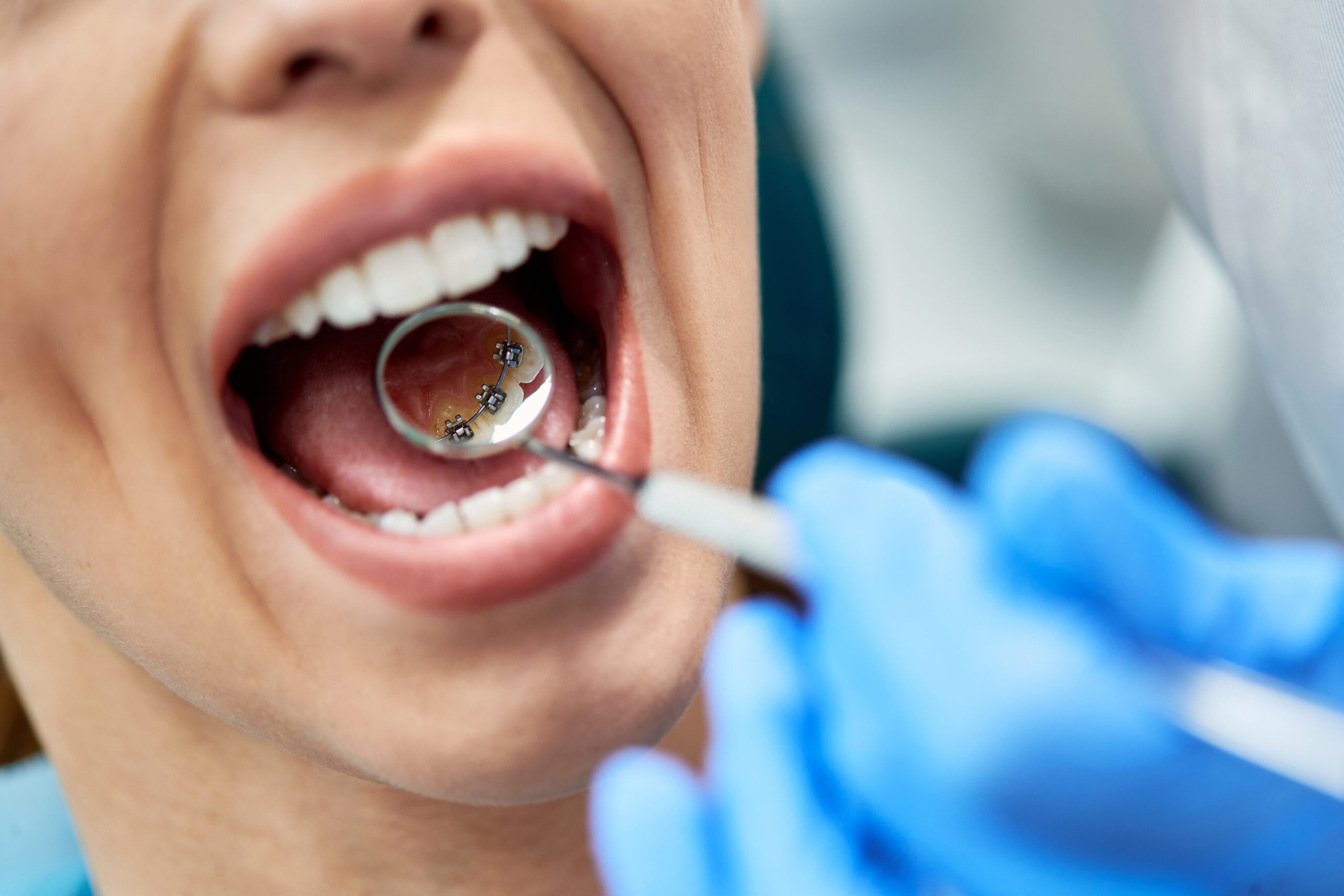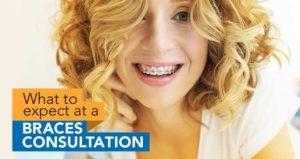Our Legacy Orthodontics Statements
Our Legacy Orthodontics Statements
Blog Article
10 Simple Techniques For Legacy Orthodontics
Table of ContentsThe Facts About Legacy Orthodontics UncoveredLegacy Orthodontics - TruthsGetting The Legacy Orthodontics To WorkThe Definitive Guide for Legacy OrthodonticsIndicators on Legacy Orthodontics You Need To Know
At Advanced Orthodontics, we offer individuals with a alternative therapy experience. Additionally, we provide flexible therapy schedules, flexible payment alternatives and a fun, enjoyable experience. invisalign. Phone call ( 480) 357-4900 today for more info and schedule an appointment.An orthodontist is a dentist trained to identify, stop, and treat teeth and jaw irregularities. They deal with existing conditions and are trained to identify troubles that may establish in the future. Orthodontists collaborate with individuals of any ages, from kids to adults. People typically associate a perfect smile with good wellness.
Malocclusion, or misaligned teeth, can bring about dental issues, consisting of dental cavity, periodontal disease, and tough or agonizing chewing. Not everybody is born with straight teeth. If you have a bad bite or huge spaces in between your teeth, you might want to seek advice from a dental expert specializing in orthodontic care.
Not known Facts About Legacy Orthodontics
( Image Credit Rating: DigitalVision/Getty Images) Orthodontists use repaired and removable dental devices, like braces, retainers, and bands, to transform the position of teeth in your mouth. Orthodontic treatment is for dental problems, including: Crooked teethBite problems, like an overbite or an underbiteCrowded teeth or teeth that are also much apartJaw misalignmentThe goal of orthodontic therapy is to enhance your bite.
A healthy and balanced bite guarantees you can consume, eat, and speak properly. While you may think about orthodontists as primarily for children or teens that require braces, they can remedy dental issues at any kind of age. Orthodontists go to university, dental college, and orthodontic college. After college graduation, they invest 2 or 3 years in an orthodontic residency program.
All orthodontists are dental practitioners, yet not all dental experts are orthodontists. Orthodontic residency programs offer intensive, concentrated guideline for dental specialists. They concentrate on two areas: Exactly how to correctly and safely move teeth How to properly guide development in the teeth, jaw, and faceOnce an orthodontist has completed training, they have the option to end up being board licensed.
Fascination About Legacy Orthodontics
Imbalance, or malocclusion, is the most usual factor people see an orthodontist. It is genetic and is the result of size distinctions between the top and lower jaw or between the jaw and teeth. Malocclusion results in tooth congestion, an irregular jaw, or irregular bite patterns. Malocclusion is normally treated with: Your orthodontist attaches metal, ceramic, or plastic square bonds to your teeth.
Some individuals need a headwear to help relocate teeth right into line with pressure from outside the mouth. A retainer is a custom-made device that keeps your teeth in area.
They're frequently used on children. They can create extra space in the mouth without having to pull teeth. If you have a major underbite or overbite, you could need orthognathic surgical treatment (likewise called orthodontic surgery) to extend or reduce your jaw. Orthodontists make use of cords, surgical screws, or plates to support your jaw bone.
You might need to see an orthodontist if you have: Crowding or otherwise adequate room for all of your teethOverbite, when your upper teeth come your bottom teethUnderbite, when your bottom teeth are as well far forwardSpacing or issues with gapsCrossbite, which is when your top teeth fit behind your bottom teeth when your mouth is closedOpen bite or a vertical void between your front bottom and upper teethMisplaced midline, when the center of your bottom and top teeth do not align Correcting a dental malocclusion can: Make attacking, chewing, and talking easierImprove the symmetry of our face useful source and your overall appearanceEase pain from temporomandibular joint disordersDifferent your teeth and make them easier to clean, aiding stop dental cavity or tooth cavities It's commonly a dental professional who initially notices misaligned teeth during a regular test.
9 Simple Techniques For Legacy Orthodontics

Throughout your initial orthodontic appointment, you'll likely have: A dental examPhotos taken of your face and smileDental X-raysPanoramic (360 degree) X-rays of your face and headImpressions to develop molds of your teethThese tests will certainly aid your orthodontist recognize exactly how to wage your therapy. braces. An orthodontist is a dental professional who's had training to treat your teeth and jaw
Orthodontists might do surgery, exams,X-rays,and more to assist you attain a more comfy, much healthier smile. An orthodontist is concentrated on your bite, so something like a cracked tooth would certainly be dealt with by a dentist. Orthodontists are dental practitioners however not all dental professionals are orthodontists. Orthodontists are concentrated on your bite, or the means your teeth meshed, and the straightness of your teeth.
Ever asked yourself how celebs always appear to have perfectly lined up teeth? The solution typically exists in the knowledgeable hands of an orthodontist. However what precisely does an orthodontist do? Orthodontists are dental experts that focus on dealing with irregularities in the teeth and jaws. Their knowledge goes beyond simply developing an attractive smile; it extends to enhancing your total oral wellness and feature.
Legacy Orthodontics Things To Know Before You Get This

, orthodontists have a varied toolkit at their disposal. These tried-and-true dental braces make use of a system of brackets bound to the teeth and attached by wires.
Clear aligners, like Invisalign, are a preferred choice for people seeking a more very discreet treatment option. These detachable trays are personalized to gradually change the teeth's placement. Headwear may be used in conjunction with braces or aligners to apply additional targeted pressures, especially for remedying jaw inconsistencies. In situations of slim jaws, palatal expanders can be used to create area for appropriate tooth placement.
Report this page